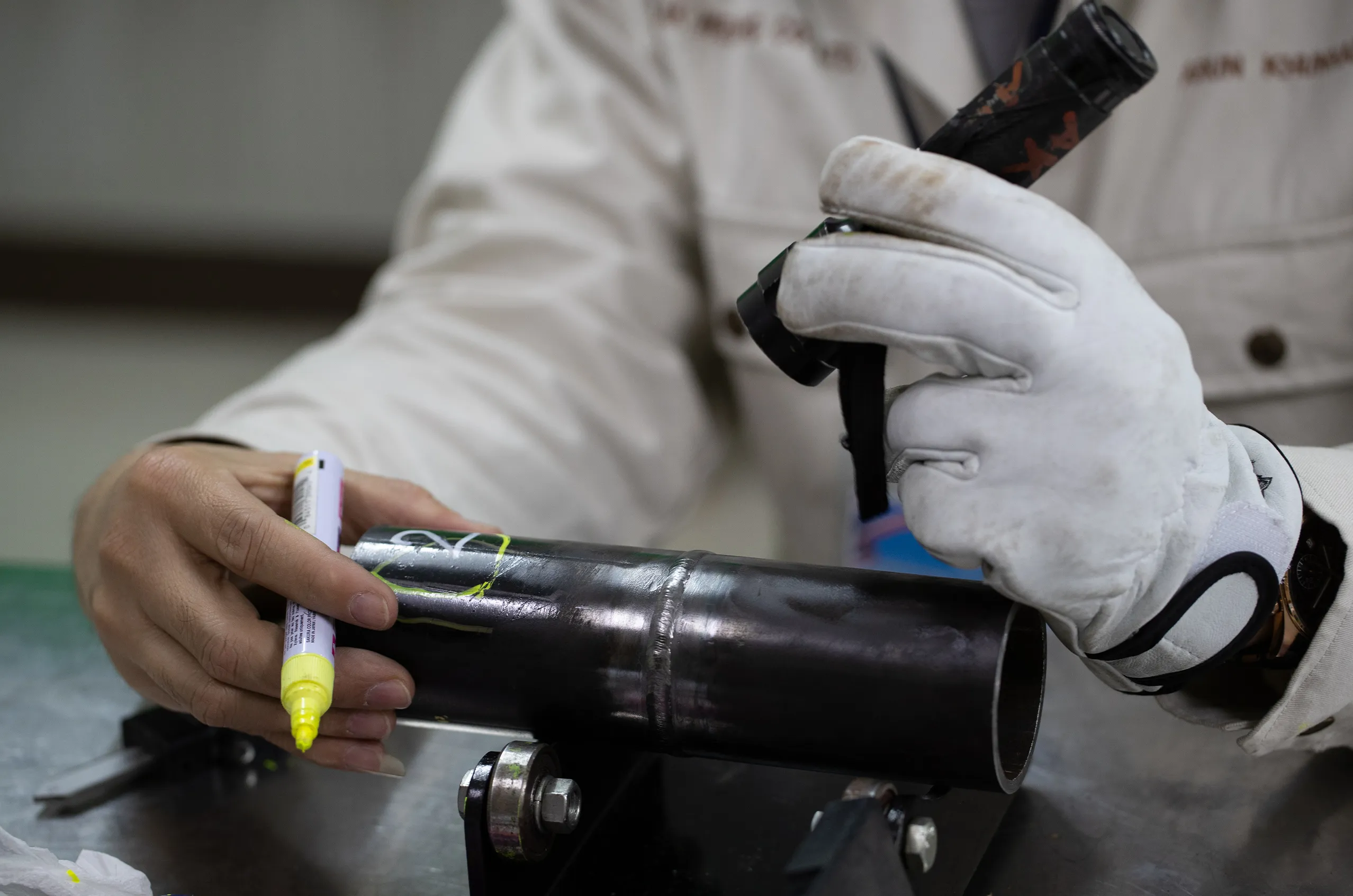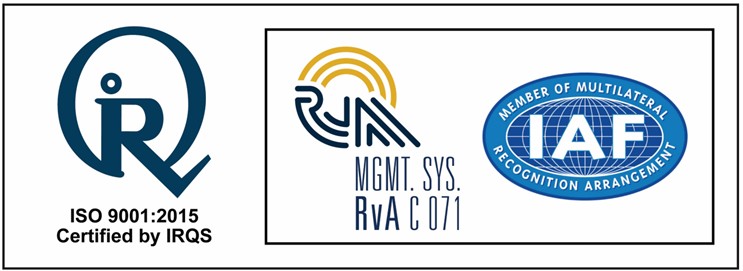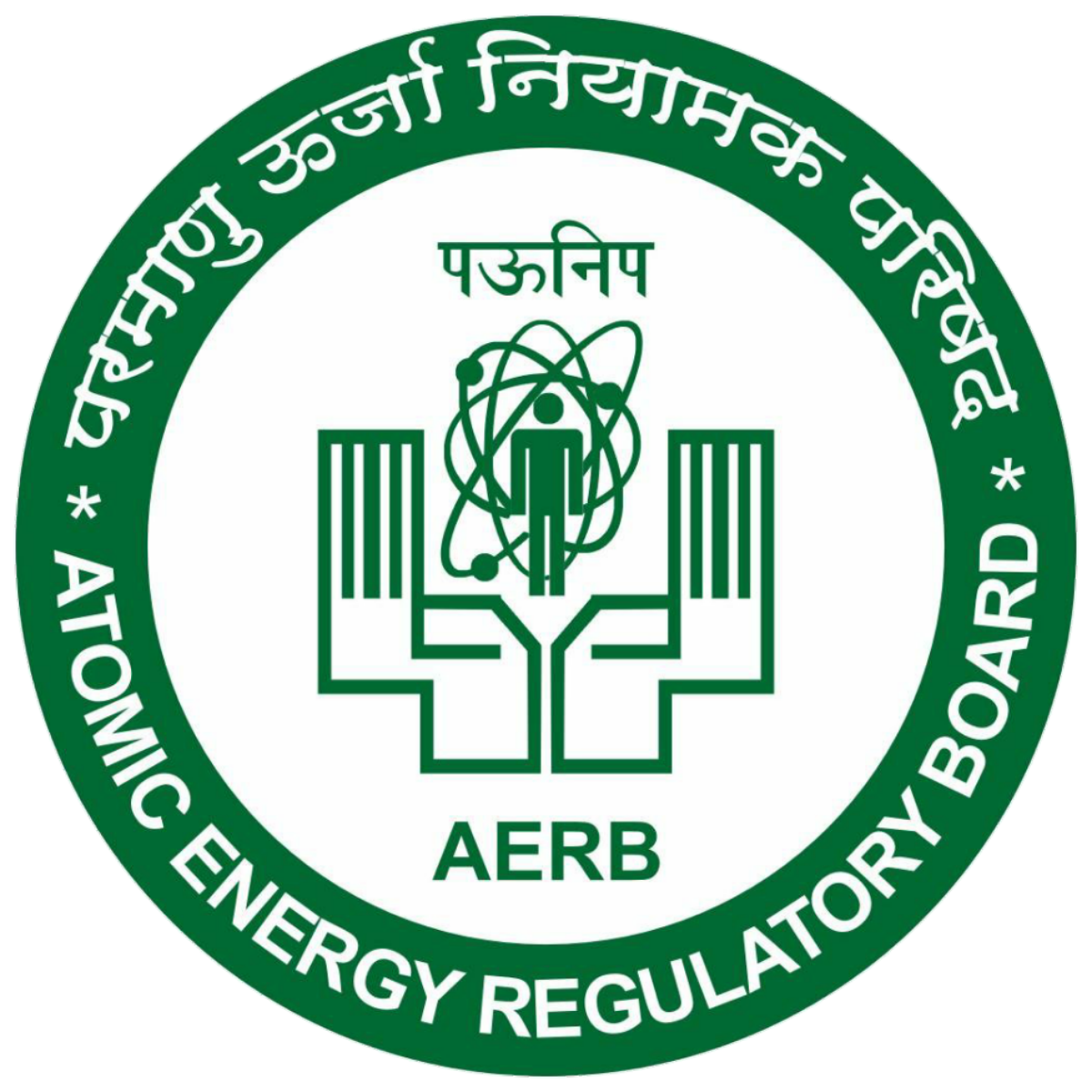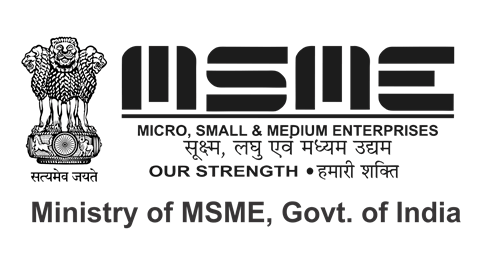
- +91-73564-85838
- [email protected]

Visual Testing (VT) is a cost-effective, widely used NDT method that relies on direct visual observation or aided tools to detect surface-level flaws like cracks, corrosion, misalignment, and deformation in components.
Visual Testing (VT), also referred to as Visual Inspection, involves the observation of a test object’s surface to identify discontinuities such as corrosion, physical damage, misalignment, and surface cracks. This can be performed directly by the naked eye or with assistance from instruments like mirrors, magnifying glasses, borescopes, or digital imaging tools.
It is the most basic yet essential technique in Non-Destructive Testing, used across a range of sectors to ensure component integrity before or after more complex inspections. Our VT experts ensure accurate detection, documentation, and analysis following standards like ASME, AWS, IS, and ASTM.


Visual Testing provides immediate results with minimal equipment and setup. It’s ideal for detecting surface defects like cracks, corrosion, or misalignments—ensuring safety, quality, and compliance across industries.
Inspections at fabrication shops, plants, construction sites, and pipelines
Our VT experts are ready to help you evaluate component integrity through visual checks and reporting.
We deliver certified VT services for quality control, weld verification, corrosion inspection, and structural assessments — widely applied across manufacturing and infrastructure industries.
Industry-standard visual inspection achieves reliable results when conducted under proper lighting and with trained personnel
Quick setup, minimal tools, and real-time assessment make VT ideal for rapid deployments.
Clients appreciate the convenience and affordability of VT for recurring inspections.
VT contributes to reducing defects in welds and assemblies, minimizing rework and increasing first-pass yield.
Clear answers to common queries about visual inspection, methods, applications, and suitability across industries.
Visual Testing is a non-destructive method that inspects the surface of components for visible discontinuities such as cracks, corrosion, and deformation using the naked eye or visual aids.
VT is effective in identifying surface-level issues like cracks, pitting, scaling, weld undercut, and physical damage.
Fabrication, construction, power generation, oil & gas, railways, marine, and automotive sectors commonly use VT.
For many surface flaws, VT is sufficient, but for internal defects, it is often complemented with other methods like UT or RT.
Not always. VT can often be performed during or between production cycles without disrupting operations.
Lighting plays a crucial role in VT. Adequate and controlled lighting ensures that surface defects are visible and not overlooked. Poor lighting conditions can reduce inspection reliability, especially for fine cracks or surface corrosion.
Sign up our newsletter to get update news and article about company.





Kaztron NDT Pvt Ltd offers certified NDT training and inspection services, helping industries and professionals ensure safety, quality, and compliance through advanced testing techniques.